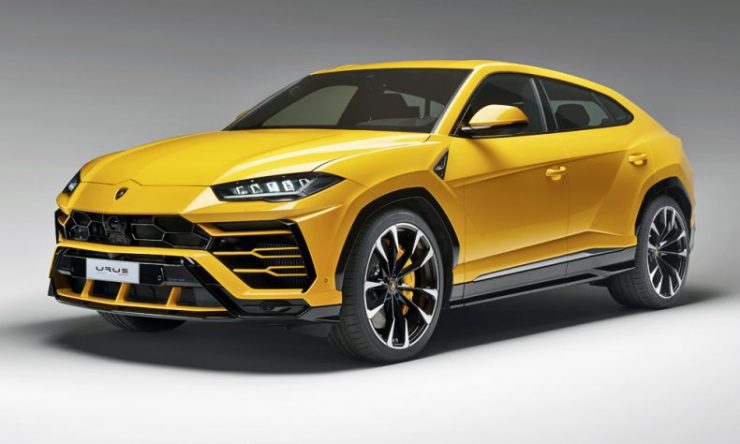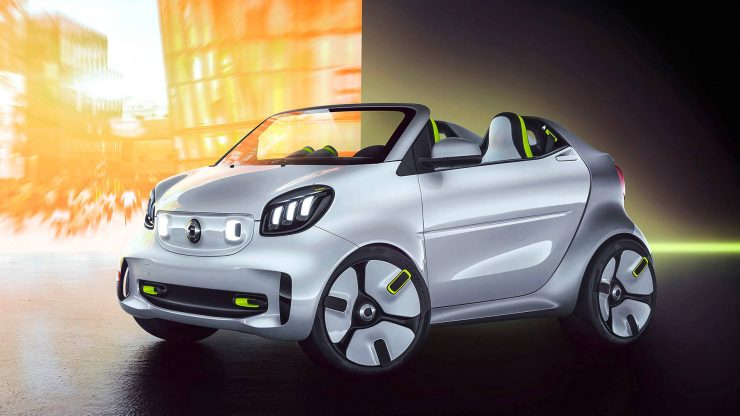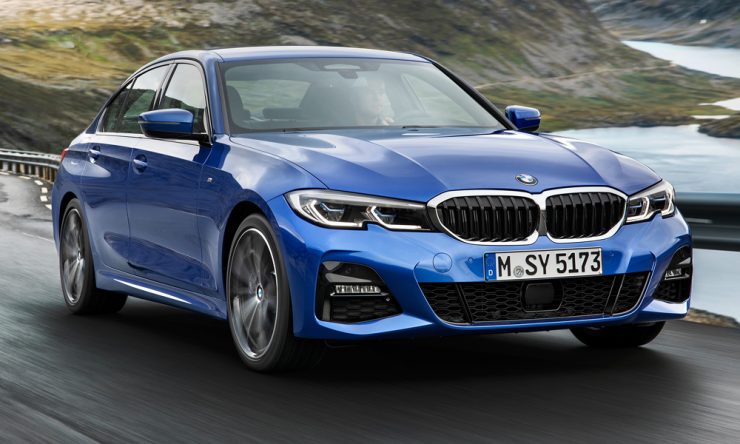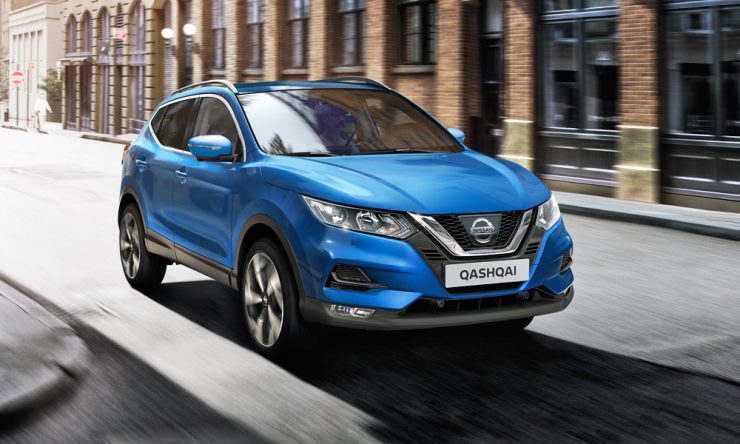HOW MUCH THE NEW LAMBORGHINI URUS WILL COST IN SA
Earlier this month, Lamborghini officially unveiled its new Urus, billing the newcomer as “the world’s first super SUV”. And now we have managed to unearth local pricing for the new Urus.
Due to hit the market in South Africa in the third quarter of 2018, we have learned that the new Urus will be priced from R3 305 000.
The options list, however, will be extensive, running from metallic paint (with the choice of ten colours, in addition to the three solid hues on offer) for R49 905 to an array of uprated alloy wheels (the most expensive being 22-inch items for an extra R105 354).
A panoramic sunroof will set you back a further R60 995, while a wide range of interior colour, trim and equipment options will also be offered. Lamborghini will also sell you a warranty extension, while even a trailer towing option (R34 933) is included on the options list.
Running on the Volkswagen Group’s MLB Evo platform (and therefore sharing its underpinnings with the Audi Q7, Bentley Bentayga and Porsche Cayenne, as well as with the upcoming VW Touareg), the Urus is powered by a suitably fettled version of the VW Group’s twin-turbo 4,0-litre V8 petrol.
The eight-cylinder engine sends 478 kW (at 6 000 r/min) and 850 N.m (from 2 250-4 500 r/min) to all four corners via a ZF-sourced eight-speed automatic transmission. The Sant’Agata Bolognese-based brand says this is enough for the hefty SUV to accelerate from zero to 100 km/h in just 3,6 seconds (and complete the 0-200 km/h sprint in 12,8 seconds), before topping out at 305 km/h. For what it’s worth, the claimed average fuel consumption comes in at 12,7 L/100 km.
Six driving modes will be available, from a dedicated off-road setting to a full-on track set-up. The permanent all-wheel-drive system features a Torsen central self-locking differential. Torque is split 40/60 to the independent front/rear axle as standard, with a “dynamic maximum” torque of 70% directed to the front or 87% to the rear. The Urus features active torque vectoring via a rear differential, enabling power to be distributed to each individual wheel for enhanced traction.







